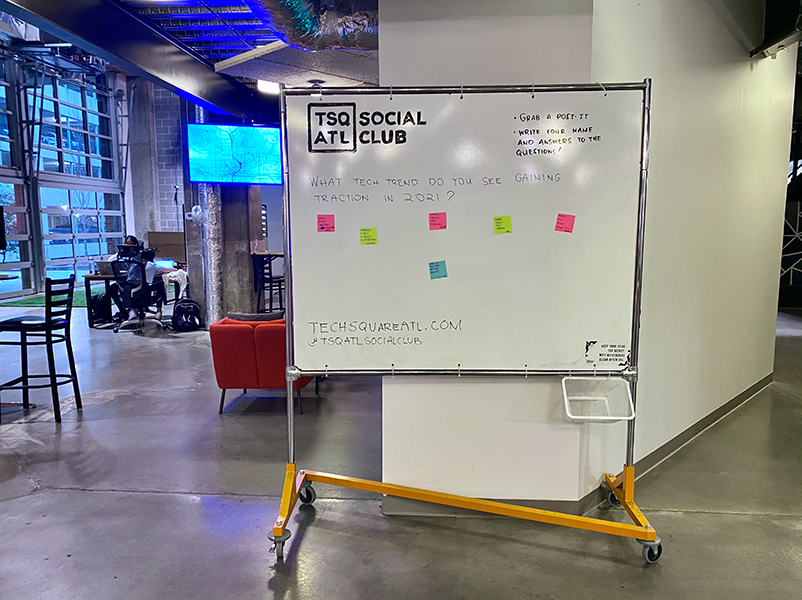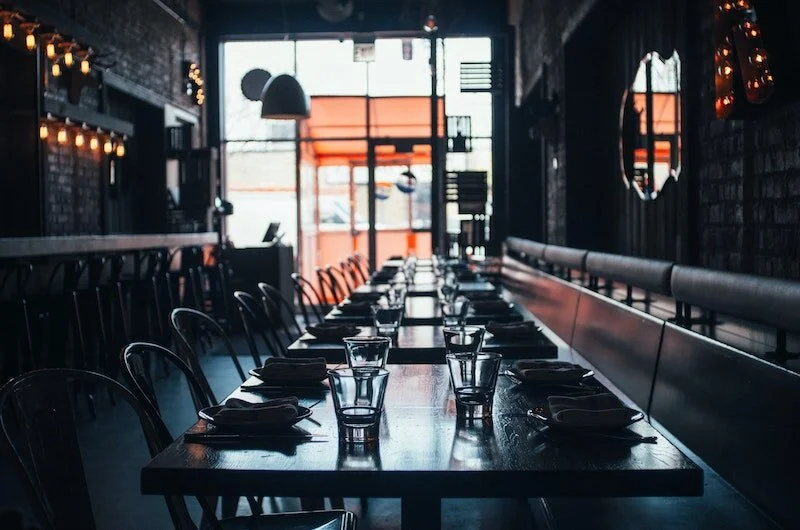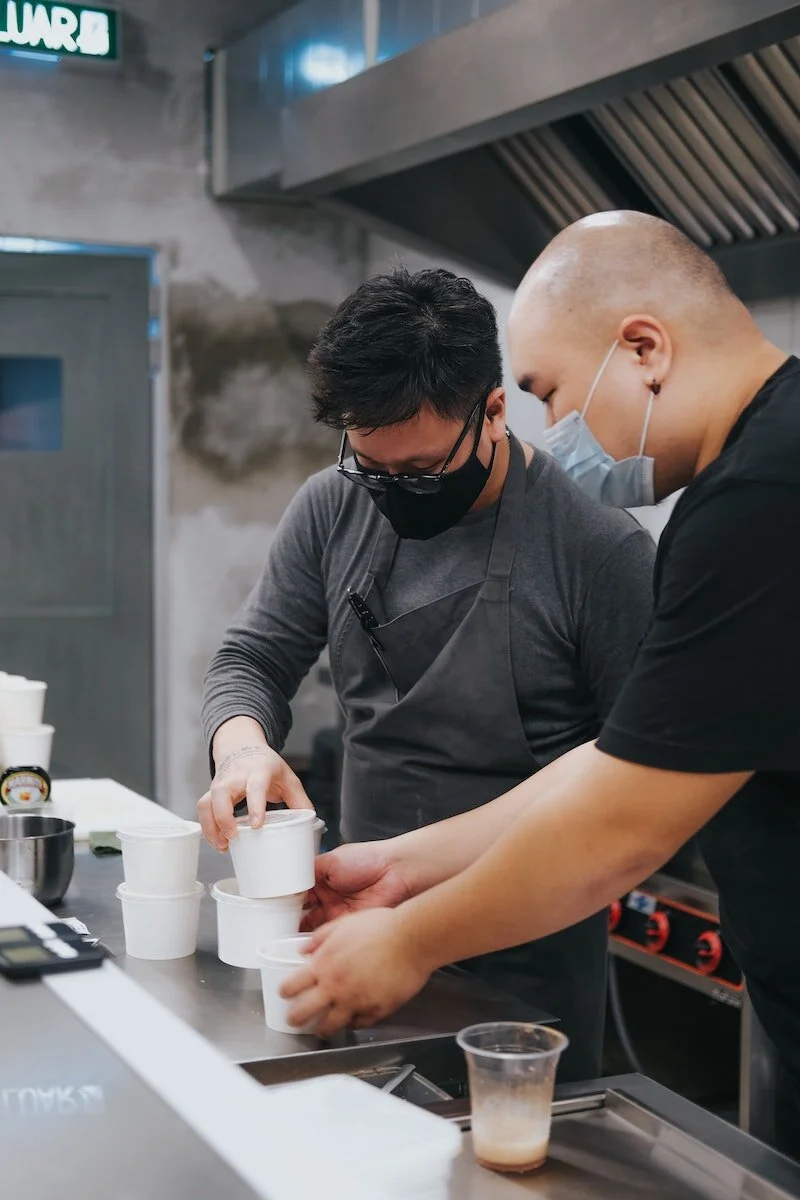Ghost Kitchens and the Golden Age of Food Delivery
Every week at The Clubhouse, we pose a question on our big conversation board about what’s been on the radar for our members lately. When we asked, “What tech trends do you see gaining traction in 2021?,” one of our members responded with “food delivery.” And given the knowledge-hungry folks that we are, it became something we really wanted to noodle on and dig into (see what we did there?).
If you’re like some of us here at Tech Square ATL (TSQATL) Social Club, you might be finding yourself ordering in more than you’ve been meaning to. No judgements here – there’s something to be said about the instant gratification from getting food delivered at the door with a push of a button.
While the pandemic has caused many Atlanta restaurants to close, there has been a rise in demand for food delivery via apps like UberEats, Postmates, DoorDash, ChowNow, and more.
Enter: the ghost kitchen business model that has seen a rise in adoption by food industry entrepreneurs in the last year. If you’ve used any of the aforementioned food delivery apps, you might have ordered from a ghost kitchen without knowing. A ghost kitchen (also known as a virtual restaurant) is a food prep and cooking facility that only offers pick-up or delivery options. Think restaurants without a dine-in experience, which most restaurants are already doing in compliance with COVID-19 health and safety precautions. This offers a different way to run business for restaurants with less overhead, requiring fewer employees and lower costs for dining supplies.
But restaurants are still struggling to break even in revenue with food delivery apps’ high service fees. According to this investigative story by Today, restaurants pay up to 30 percent of each order to the food delivery app services they partner with. As such, BBC reported that Uber’s food delivery business brought in $1.4 billion between June 2020 to September 2020, jumping 124 percent from the same period in 2019.
Inevitably, this pandemic-induced tendency in consumers has heightened expectations for getting their food delivered within a shorter amount of time. We saw this with Amazon figuring out the rapid logistics game via Prime, leaving big box stores and small boutiques in a scramble with packing and shipping as quickly as they economically could in order to keep up. But with data-driven business owners figuring out which neighborhoods hungry customers order from the most, it may only be a matter of time before ghost kitchens pop up within a mile from wherever their patrons reside.
With the ghost kitchen model on the rise, will this golden age for delivery lead us to brick-and-mortar kitchen co-ops that host a handful of virtual kitchens? What aspects of the at-home or in-person dining experience do you foresee restaurateurs optimizing, in order to deliver the experience they intend for you to have with the meals they prepare? Let us know your thoughts in the comments below.
Did You Know?
Euromonitor, a market research firm, predicted that the ghost kitchen business could be worth $1 trillion by 2030.


